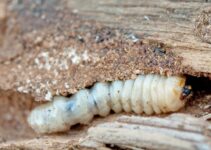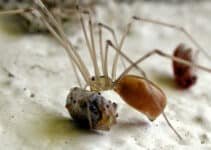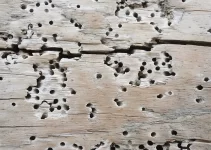A common problem that can impact practically any household is woodworm. Most of the time, it takes months or even years after the initial infection before you become aware of the problem.
When woodworm goes undetected for a long time, people often question whether it is serious or harmful to humans. The important thing to remember is that, like many problems that impact your property, it may take some time before the problem’s symptoms become apparent.
But can woodworm go away on it’s own? Woodworm cannot go away on its own, it must be treated. Every time a new tunnel forms, the wood becomes weaker, which can be extremely problematic, especially for materials used in construction. Beam damage can be expensive, and in severe circumstances, it may necessitate that occupants vacate the structure while the issue is fixed.
Infestations can still have negative effects that could endanger you or your property, so it’s crucial to handle any problems as soon as possible. This short guide assists you in staying informed and highlights the woodworm threats and how it all ends.
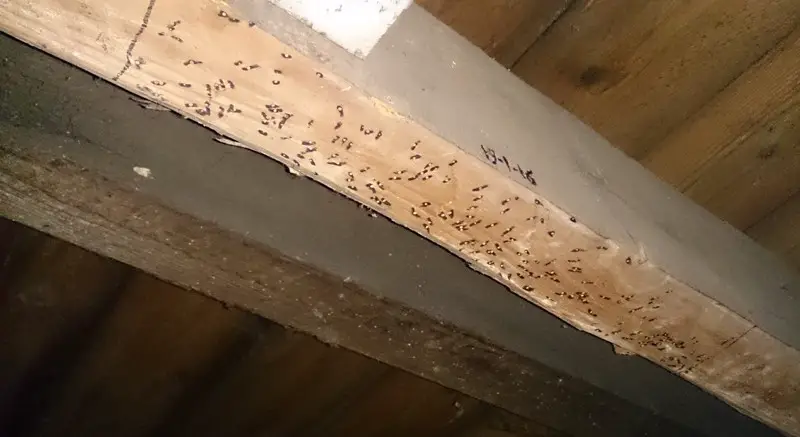
How to Detect the Presence of a Woodworm?
A woodworm infestation may be present in your home if you’ve noticed several tiny holes (around 1-2 mm in diameter) developing in timber, such as skirting boards, doors, floors or furniture.
If you have woodworm, you should know that depending on the severity of the infestation, the procedure of getting rid of them is simple.
Wood-boring insects are the source of woodworm. Woodworms are the larvae of the Common Furniture Beetle (Anobium punctatum), which feed on wood as part of their development into adult beetles. The adult beetles then lay new eggs in the wood to multiply.
Woodworms can be caused by various wood-boring insects, each of which has a slightly different treatment strategy and severity range.
It’s best to have a competent surveyor examine the woodworm signs you’ve observed because some species can harm property more severely than others and exhibit resistance to specific treatments.
The insects enter the infected wood and deposit their eggs if the woodworm is not treated. Upon hatching from these eggs, the larvae consume the timber, which typically has a moisture content of 20% but can occasionally fall as low as 13%.
The larvae eventually bore through the wood and emerged after maturing into adults; during this process, they left tunnels in the wood. When the adults emerged, they made the familiar little holes that people identify with woodworm.
Woodworms can be identified by tiny holes in the wood and by the dust left behind when the insects leave the material. If the woodworm is not treated, this cycle will happen more frequently. Even more woodworm issues and damage could result if it spread throughout the entire structure.
What Happens If You Leave Woodworm?
If the condition is left unattended, it will eventually become more widespread and could necessitate high repair expenses. Every time a new tunnel forms, the wood becomes weaker, which can be extremely problematic, especially for materials used in construction.
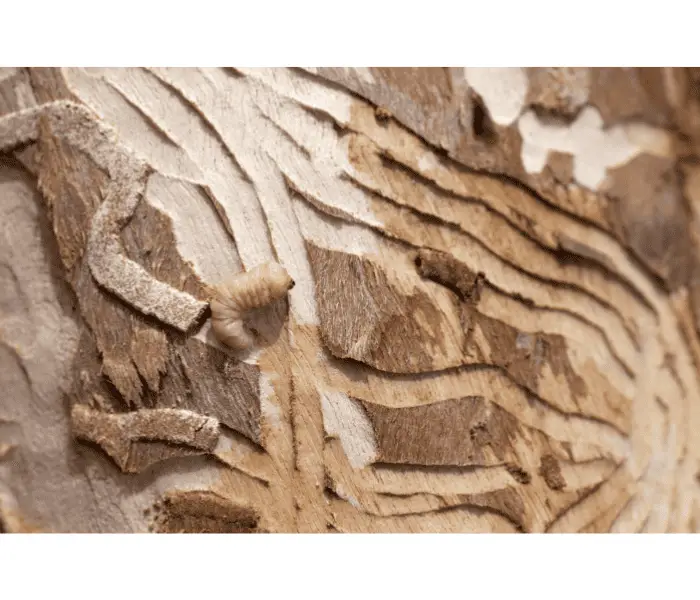
Beam damage can be expensive, and in severe circumstances, it may necessitate that occupants vacate the structure while the issue is fixed.
The most prevalent species of woodworm-causing insects are harmless to people (and are also the easiest to treat), but others like bed bugs can offer health problems. These are all significant justifications for why it is vital to cure woodworm immediately.
How Do You Know If Woodworm Has Gone?
The most typical indication of woodworm is holes, which most people associate with woodboring insects. However, when determining whether woodworm is present in floorboards, furniture, or roof joists, holes are not the only symptom to look for.
For various causes, holes can occur in wood, and while they’re pretty sure evidence that woodworm seems to have been present at one stage or another, they don’t necessarily mean that the pest is still active.
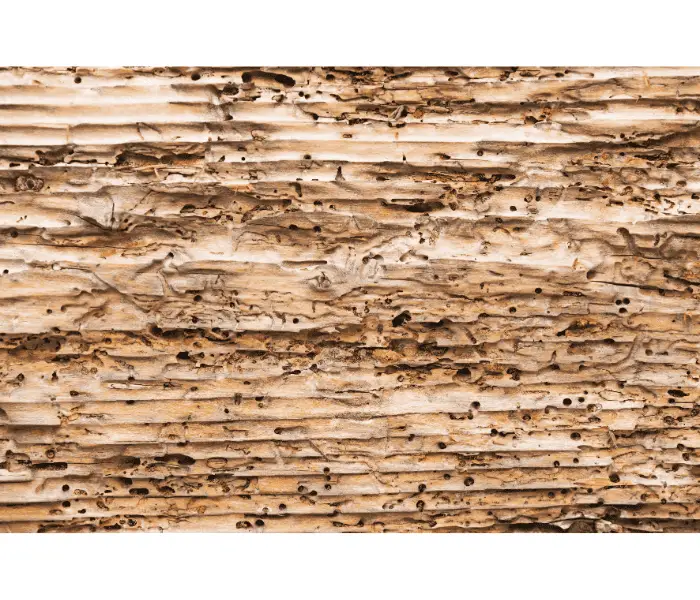
The holes can be the result of a previous infestation. You can check for their existence using the following tips.
- Using a felt tip and a colored marker, mark the existing holes to see if they are brand-new. Inspect the site once a week to ensure no new holes have appeared. The presence of fresh holes indicates an active infestation.
- There is a possibility that the death watch beetle, which prefers damp wood, will be present if there is damp wood. The death watch beetle makes a tapping noise at night, so if you come across frass and hear this noise, you’re likely dealing with this pest. Deathwatch beetles often have 3mm-diameter holes.
- The presence of dead or flying beetles on your windowsill or in the wood itself indicates a woodworm infestation.
- Crumbling wood is the final obvious evidence of active woodworm. A woodboring beetle has structurally harmed the timber if you touch it and it crumbles under your fingers.
Does Woodworm Go Away
Let’s face it, woodworm poses a real threat to our beloved timber homes and designs. While some might hope that nature will make woodworm just go away, this isn’t always the case. Our cherished wooden treasures can suffer extensive damage if we don’t step up.
Though certain environmental conditions might slow down their mischief, we shouldn’t just wait and hope for the best. By actively inspecting, preventing, and treating, we ensure our wooden homes and items remain beautiful and intact.
